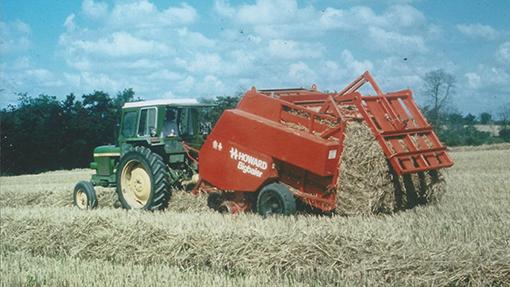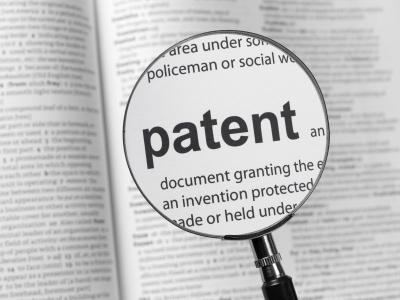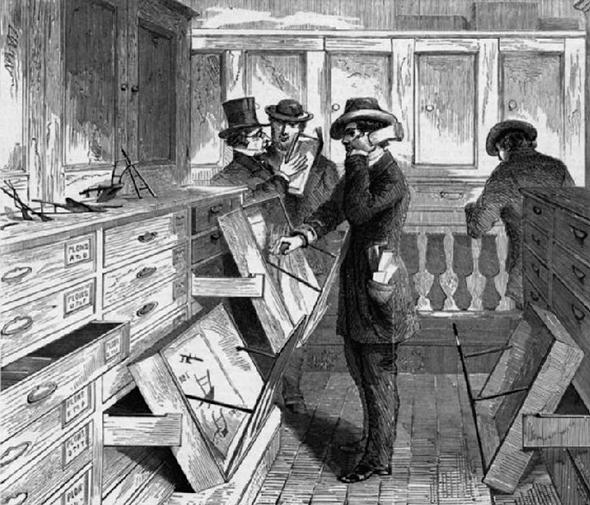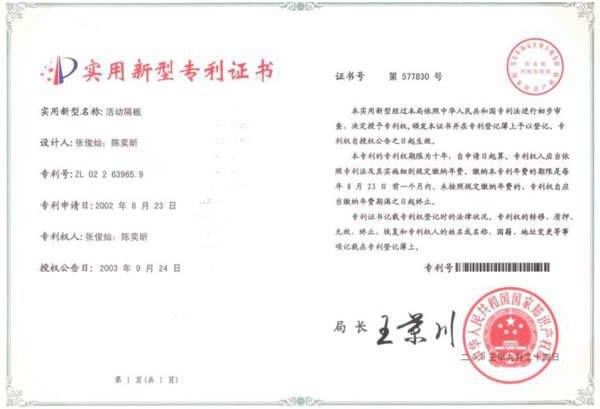How to get a patent? Invention Patent
For the product. What is a patent anyway? A patent is a document of protection. It confirms the exclusive rights, authorship or priorities of utility models, industrial designs, inventions. The duration of a patent depends on the subject of patenting, the state of patenting and lasts from five to twenty-five years.
Getting a patent is not easy. Its issuance is handled by state executive authorities for intellectual property. In Russia, patents are issued by Rospatent, and in America - by the US Trademark and Patent Office. International regulation is carried out by the World Intellectual Property Association, the United International Bureau for the Protection of Intellectual Property and other departments. All these relations are controlled by the World Trade Organization. This institution has an "Agreement on Trade-Related Aspects of Intellectual Property Rights".
What is an invention? This is a technical verdict in any field. It refers to a product: device or substance. May refer to a method or application. Under the method is understood the process of performing actions on a real body with the help of physical means, and under the application - the use of an already known process or product for a new purpose.
A patent generally provides legal protection. It defends the solution, but not the problem. For example, James White wanted to solve the following problem: the reciprocating motion had to be turned into rotational. Thus, he wanted to circumvent the crank mechanism patent. To do this, in his first model of a steam engine, he used a planetary gear instead of a crank.
Kinds
What types of patents are there? There are several of them:
- Utility Model Patent.
- Patent for an industrial copy.
- Patent for an invention.
An invention is a technical solution used in industry. Only new and unknown technical inventions receive patent protection. Inventions are methods, substances, aggregates, strains of microorganisms. A patent for an invention is valid for twenty years from the date of receipt of the application.
A utility model is a technical design solution that relates to products and means of production. Only new and useful, industrially applicable models can receive patent protection. A patent of this type is valid for thirteen years from the date of filing.

Samples of industry are artistic and design ideas. Only those industrial copies that are new and original receive a patent. This patent is valid for 25 years.
In Russian federation
- Both parties will pay a fine in the amount of two to five thousand rubles.
- Expulsion from the country of a foreign citizen.
By the way, growing and selling agricultural products is not always entrepreneurship. After all, every citizen, in accordance with civil laws, has the right to dispose of his property, property and receive profit from its sale. What is important here is the lack of a systematic nature of income generation.
Work permit and patent
Patent holders, unlike foreigners working on the basis of a work permit, have a number of preferences:
- Migration quotas do not apply to them.
- In Moscow and St. Petersburg, the cost of a patent is lower than the cost of acquiring a work permit from “intermediaries”.
- Payment for the patent is made according to a flexible system. Paid from one to three months initially and up to twelve months extension.
Obtaining a patent
Now you need to understand the process of issuing such a document. How to get a patent for work? First, a foreigner must apply to the Federal Migration Service of Russia in the subject of the Russian Federation where he wants to work. The following papers must be submitted:
- Application in the approved form.
- Passport and its translation into Russian with certification.
- A migration card with an entry stamp.
- Receipt - advance payment of income tax for a patent. Paid for one or three months at 1,216 rubles per month.
- A tear-off part of the form of notification of the arrival of a foreigner at the location with a mark on migration registration.
When the documents for obtaining a patent are given, the foreigner must make fingerprints. He must also register with the IFTS for tax purposes. A copy and original of the certificate of assignment of TIN and tax registration are provided on the day the patent is received.

First, a patent is registered for three months. Then it can be repeatedly extended, but not more than a year from the date of issue.
So, we looked at how to get a patent for a job. You should know that this document is the legal basis for the stay of a foreigner on the territory of Russia - for the period of payment of the patent (but not more than a year from the date of entry into the lands of the Russian Federation). At the same time, the renewal of registration with the FMS is not required.
utility model
Now let's find out what a utility model is. A utility model is an intangible object of intellectual rights similar to the invention, related to the aggregate. For utility models, less stringent conditions for obtaining a patent, simplified procedures and reduced terms for consideration of an application are defined. The payoff for these benefits is a reduced patent life of ten years. But it can be extended for another three years.
Utility model and invention
The object-possible outcome of intellectual studies can only be technical conclusions related to aggregates. These results are protected as utility models. Technical verdicts relating to methods, unlike inventions, cannot be the subject of a utility model. They, like products, do not fall under the definition of "device". These can be, for example, substances or strains. In this embodiment, the patent is valid for ten years. It can be extended for three years.

Now everyone knows where you can get a patent. But what are patentability conditions? Let's look at this question as well. First of all, this is the industrial applicability and novelty of a set of significant features. In a certain prior art, information about an identical technical solution should not be available. When determining the compliance of a useful sample with the condition of patentability "novelty", minor features are ignored. They do not affect the technical result and therefore are generalized to a level that allows one to assess their significance.
Unlike inventions, the technical level does not include information about the open use of a similar technical opinion outside of Russia. But this nuance should not create the illusion of compliance with the patent requirements of any technical solutions that have not been used in Russia. After all, as a rule, any open use is accompanied by publications in popular sources.
In terms of exemptions from patent protection, the right to a useful design is almost the same as the right to an invention.
Advantages of a useful sample
The main advantage of a utility model is that in the same situation a patent for a utility model is more protected, due to the absence of the "inventive step" condition.
Russian patent legislation does not allow obtaining a patent for a utility model and an invention belonging to the same technical solution, or converting an invention document into a patent for a utility model in case of challenge. It should be noted that no one interferes with the combination of Russian and Eurasian patents.
The most important advantage of a useful sample is the reduced procedural time. As a rule, a patent is issued for it after six months. How to get a patent for an invention? It must be registered for at least a year and a half! The countdown is from the date of filing the application to the date of publication of information about the patent in the official bulletin. There is a risk of unpredictable delay in office work, but it is insignificant.
Of course, this is a very interesting question: "How to get a patent?" In Russia, the practice of synchronous filing of applications for the same utility models and inventions has become very popular. This allows you to get patent protection very quickly. Then, at the request of the examination, a patent for an invention can be replaced by a patent for a utility model.
Imperfection of utility models
So, we now know how to get a patent. But what happens if there is no verification of utility models for compliance with patent requirements in Russia, and in the world as well? This moment leads to patent infringement: obtaining patent protection for technical solutions is unfair, they are not new and are often already on the market. But what happens if there is no constructive criticism? In this case, the authors are deprived of the opportunity to finalize their technical opinion before the publication of data on it, or to narrow the scope of claims in accordance with the technical level. But this is necessary so that already known technical conclusions are not patented, and protected technical solutions of third parties are not used.
Invention
And finally, we give a description of the invention. What it is? An invention is a solution to a technical problem concerning a material object. It can be a product or a process of performing actions on a material object using physical means - a method. Unlike the laws of industrialized countries, in Russian legislation such a concept is given a legal assessment.
An alternative definition of an invention is that it is a man-made method or means for controlling the universe. With its help, in a new and non-trivial way, any problems in any part of human activity are resolved. It is the result of creative, so-called heuristic activity, based on intuition, life experience and knowledge.

And how to get a patent for an invention in a particular country? Indeed, in many states, the invention is classified as intellectual property, or rather, the property of industry.
In some countries, the invention is considered an object of spiritual property. Here, property is called a subjective right, and not a substantive or other outcome of its implementation.
The discovery is the subject of the right of authorship - the subject is not copyright, but personal non-property law. Each copyright analogy can be applied to an invention only to the extent that inventions and objects of copyright are related to the results of the activity of thinking.
